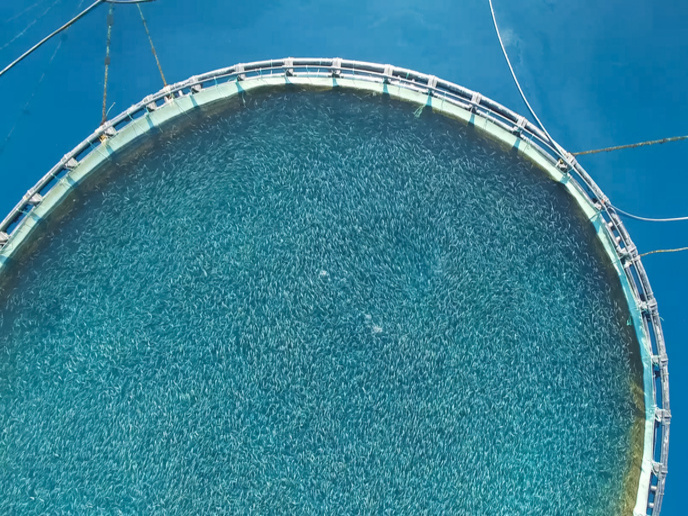A novel photobioreactor for low-cost microalgae cultivation
The world is shifting towards a bio-based economy to meet the growing demand for more sustainable food, materials, chemicals, pharmaceuticals and energy. Microalgae cultivation is an effective, sustainable and unlimited resource for valuable bio-based processes and products. However, the industry has reached a standstill in recent decades, with relatively low yields, recurring contaminations and high costs. High-capacity, low-cost production According to the latest estimates, the European algae biomass market is worth around EUR 3 billion and is expected to generate a compound growth rate of 6.7 % (2017-2022). However, microalgae cultivation is still expensive and inefficient – the low production rates, which are less than 400 gr/m3 per day, prohibit wide-scale usage in different industrial sectors. Partly funded by the EU, the Brevel(opens in new window) project developed a photobioreactor that can produce microalgae on an industrial scale at low costs. “Our new system solves the capacity and cost issues associated with microalgae production. The core innovation is the use of optical fibres that distributes sunlight to microalgae cultures effectively and efficiently,” notes Yonatan Golan, CEO of Brevel Ltd. What’s more, the photobioreactor is fully automated and relies on advanced image analysis, machine-learning and constant online monitoring and control technologies. With a capacity that is 400 % higher than current microalgae cultivation systems and its affordable cost, it is set to lead the microalgae industry forward and help foster the European bioeconomy. Recovering natural astaxanthin Microalgae are photosynthetic microorganisms that can rapidly generate biomass from solar energy, carbon dioxide and nutrients found in water. In particular, they are one of the most promising groups of organisms for the sustainable commercial production of bioproducts such as natural pigments and antioxidants including astaxanthin. The global astaxanthin market size was estimated at EUR 600 million in 2016. But although demand for natural astaxanthin has been steadily increasing, over 95 % of the currently available astaxanthin is produced synthetically due to lower production costs. Humans mainly use astaxanthin as a dietary supplement. This carotenoid pigment can also be used as an animal feed additive providing the orange/red colour in farm-raised salmon. “Being the first of its kind, our novel photobioreactor can meet the increased demand for using natural colourants instead of synthetic, promoting consumption of healthier salmon,” concludes Golan. Microalgae cultivation can make an important contribution towards transitioning to a bio-based economy. Natural astaxanthin will be the first product derived once the Brevel photobioreactor is commercialised and will be sold to salmon feed manufacturers at a comparable price to the synthetic carotenoid.







